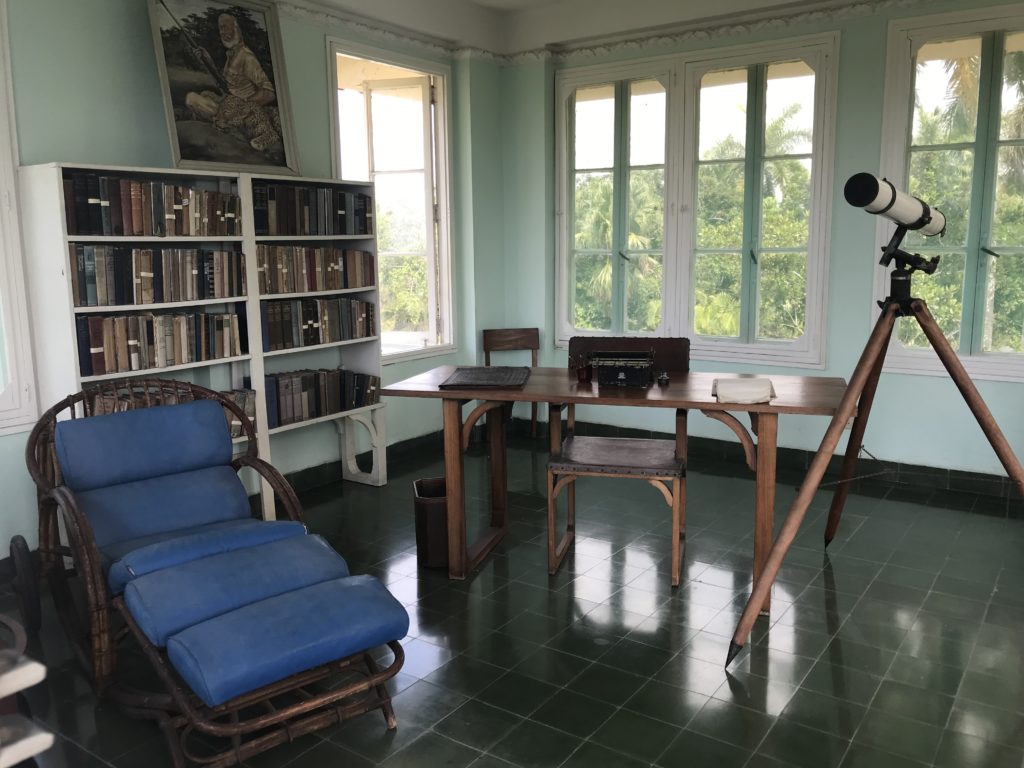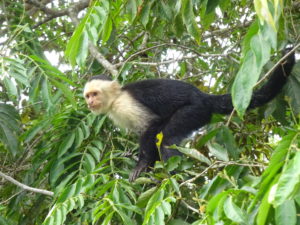 If I could briefly describe 2019 with respect to the year in science traveling it would be – Started with a “C.” Mostly this was in a good way, but unfortunately it also includes cancellation. While I still had a great traveling year, it didn’t go quite the way I expected.
If I could briefly describe 2019 with respect to the year in science traveling it would be – Started with a “C.” Mostly this was in a good way, but unfortunately it also includes cancellation. While I still had a great traveling year, it didn’t go quite the way I expected.
As with 2018, 2019 got off to a slow start. The first two weeks of January shuffled in with a commitment to jury duty, which didn’t actually result in me sitting on a jury, but nevertheless blocked out that period of time from doing anything else. I made up for it by going to Costa Rica the end of the month for nine days, a fun trip that gave me plenty to write about. February and March once again kept me local with Lincoln-related events, including participation in the annual ALI Symposium at Ford’s Theatre.
In April I merged my Lincoln and travel with another “C” location – Charleston, South Carolina. There I saw Fort Sumter, the harbor fort where a bombardment by Confederate cannons marked the official start of the Civil War. I also visited the Hunley, a Confederate submarine that was lost immediately after sinking a Union ship and only recently recovered and is being restored. Then there was the die-hard Confederate.
May started with a visit to the U.S. Capitol Building where the Lincoln Group of DC helped officially dedicate the “Lincoln Room” where Abraham Lincoln used to hang out between sessions during his one term as a U.S. Congressman. The end of May took me to another “C” – Cuba. Such a fascinating country with limited opportunities for Americans to visit, especially since four days after our return the current administration applied even more stringent roadblocks.

June started a rather trying few months. Mid-month I headed out for my Chasing Abraham Lincoln, Part 3 road trip (another “C”). After stops in Virginia, Ohio, and Indiana I made my way into Illinois for a week of exploring Lincoln sites. One highlight of the trip was to join the Looking for Lincoln crew for their LEAD: Spirit of Lincoln Youth Academy. The LEAD group has given my book to all the participants (40 students and 8 mentors) for the last two years and this year they asked me to speak to them directly about leadership. The trip went well, including a foray into Wisconsin, but ended abruptly. I found out my father had gone into the hospital; ten days later he passed away. I spent the end of June and early July on a road trip up to Massachusetts for his funeral. Three months later my uncle, who had been a pillar of strength for the family at my Dad’s passing, had suddenly passed away himself, a victim of the rare disease, EEE.
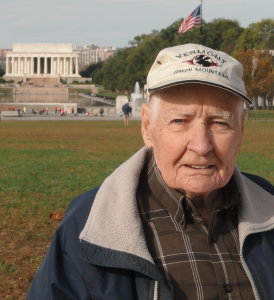
July and August were light on travel, in part because of local commitments and the need to do more writing. September took us to Chicago (there’s that “C” again) for several Lincoln-related activities and the chance to see the musical Hamilton. October and November were light until mid-month when I attended the annual Lincoln Forum in Gettysburg, PA.
Then there was an unexpected “C.” We had booked a Caribbean Cruise on Windstar many months in advance and were looking forward to two weeks in such places as Curacao, Colombia, and Colon, Panama, in addition to other Caribbean islands. But those “C”s were enough it seems; literally one week before our departure I received an email saying the ship had major engine trouble and would be forced out of service – the trip was Cancelled. We were not amused. So instead of being warm and toasty sipping tropical drinks on the deck of a sailing ship in the Caribbean, we drove to Massachusetts and huddled over hot cocoa for a chilly Thanksgiving with my mother and other family. It was great to join my Mom for her first Thanksgiving since my Dad’s passing, but it wasn’t even a “C” location. There were plenty of other “C”s, including a trip to Coatesville (PA), some Civil War stops, and Ru’s multiple trips to China.
Overall, 2019 was much less than I had anticipated but still reasonably busy with science traveling. The 2020 travel prospects are the most uncertain we’ve had in years. As of now there is absolutely nothing booked and only some general plans for what we want to do. With some key decisions up in the air, we’ll have to wait a few weeks more before deciding where to go, or even if we can go, or if alternative plans are necessary to go. While I admit that sounds rather cryptic, I’m hedging because there is a great deal of uncertainly extant, plus I don’t want to jinx things that are in the works. You’ll have to check back later for something more concrete. I promise to post a further update when I can.
Until then, happy traveling.
David J. Kent is an avid science traveler and the author of Lincoln: The Man Who Saved America, in Barnes and Noble stores now. His previous books include Tesla: The Wizard of Electricity and Edison: The Inventor of the Modern World and two specialty e-books: Nikola Tesla: Renewable Energy Ahead of Its Time and Abraham Lincoln and Nikola Tesla: Connected by Fate.
Check out my Goodreads author page. While you’re at it, “Like” my Facebook author page for more updates!



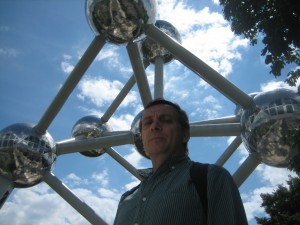 An old post popped into my feed recently and it reminded me of when I lived in Brussels. At the time I began a travelogue of sorts on a now defunct social media writing site. I’ve posted a few updated snippets here on Science Traveler. As I wrote in my introductory post:
An old post popped into my feed recently and it reminded me of when I lived in Brussels. At the time I began a travelogue of sorts on a now defunct social media writing site. I’ve posted a few updated snippets here on Science Traveler. As I wrote in my introductory post: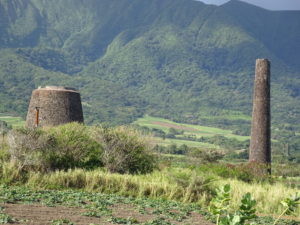 St. Kitts is the larger of two islands that make up the nation of St. Kitts and Nevis. Nevis is most famous for being the birthplace of Alexander Hamilton, the musical about whom I recently saw in Chicago. While St. Kitts is now a tourist mecca, the island is best known for its dominant position in the colonial sugar trade. Lesser known is that St. Kitts also was a major hub in the slave trade.
St. Kitts is the larger of two islands that make up the nation of St. Kitts and Nevis. Nevis is most famous for being the birthplace of Alexander Hamilton, the musical about whom I recently saw in Chicago. While St. Kitts is now a tourist mecca, the island is best known for its dominant position in the colonial sugar trade. Lesser known is that St. Kitts also was a major hub in the slave trade.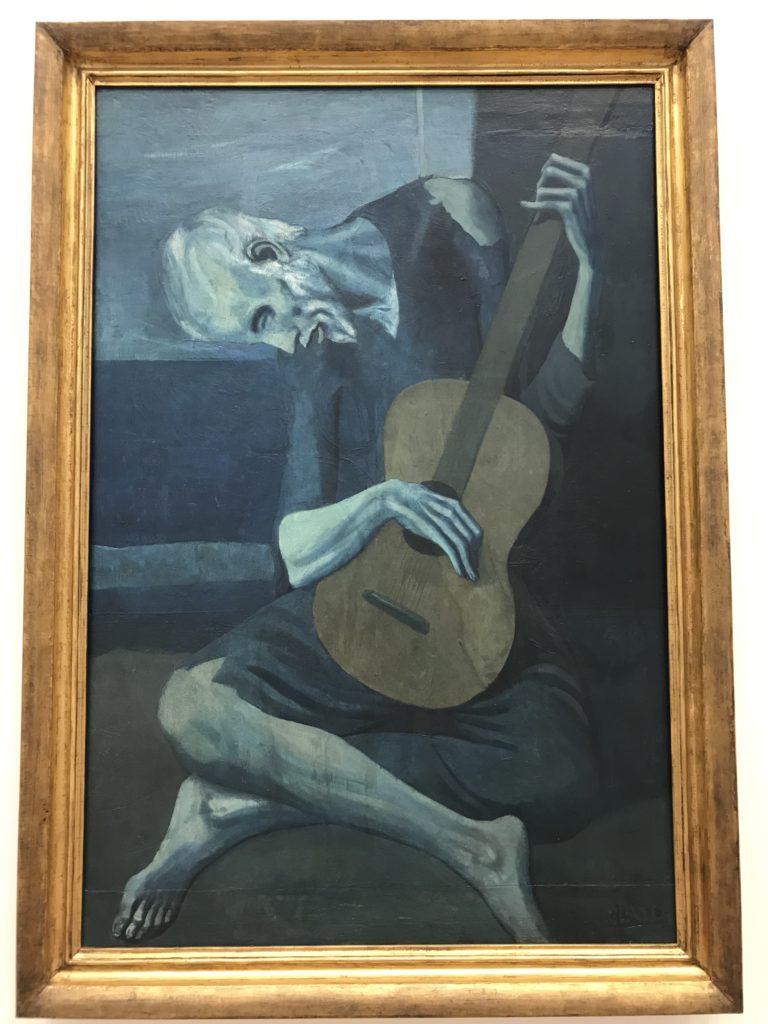
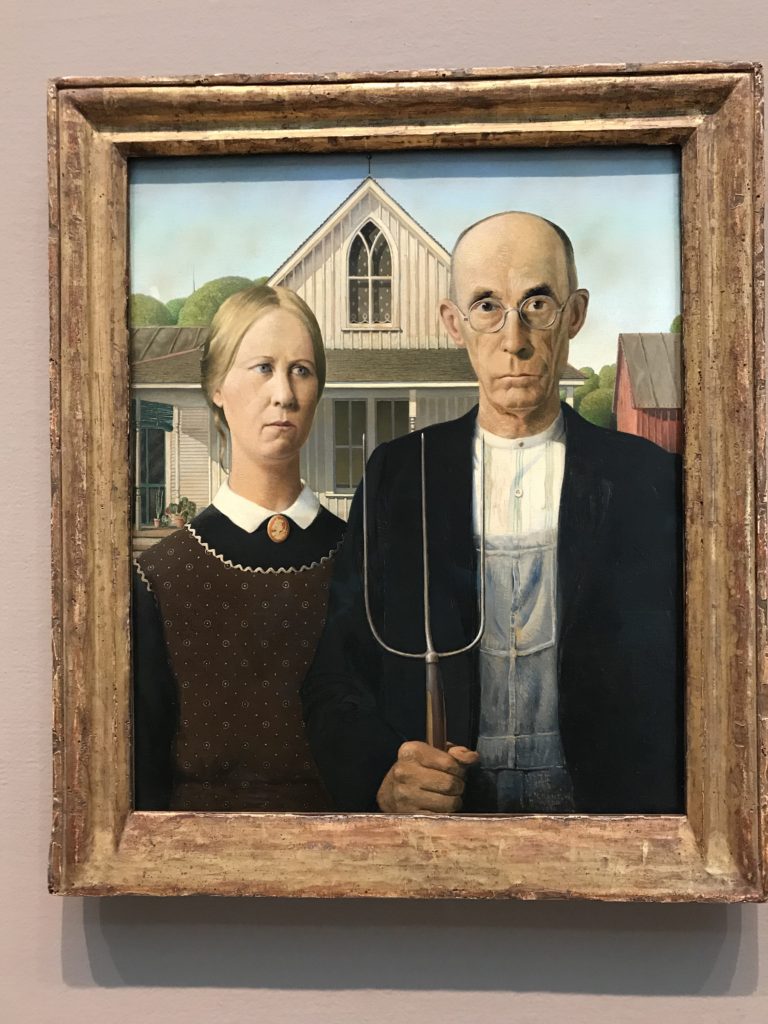
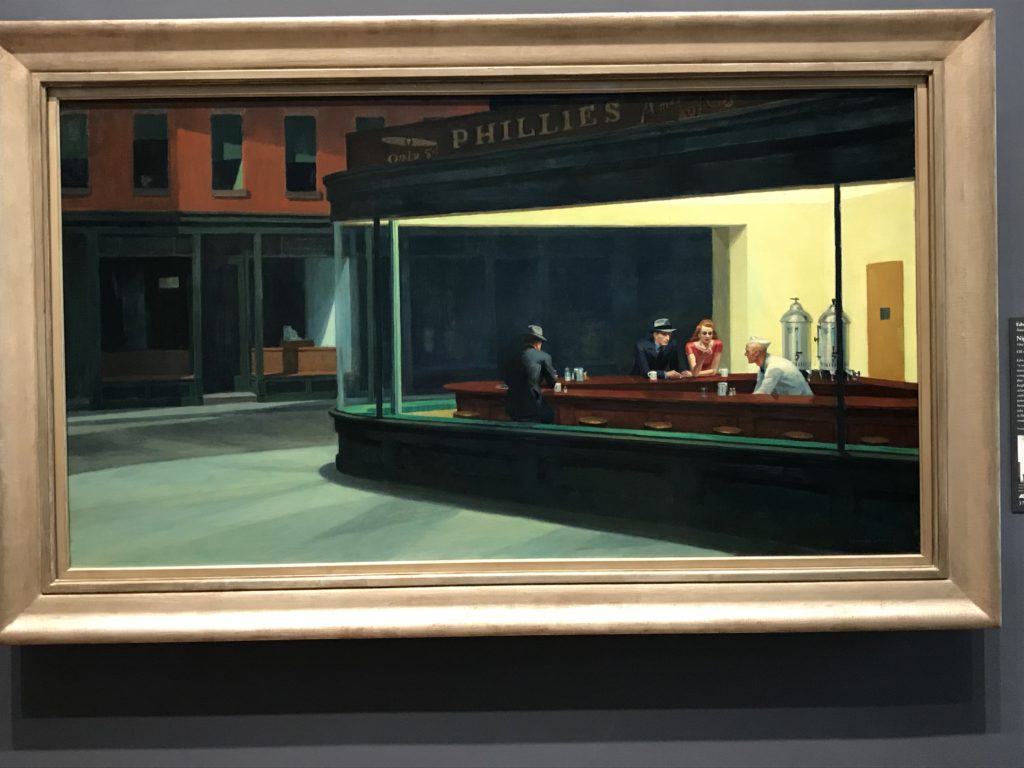
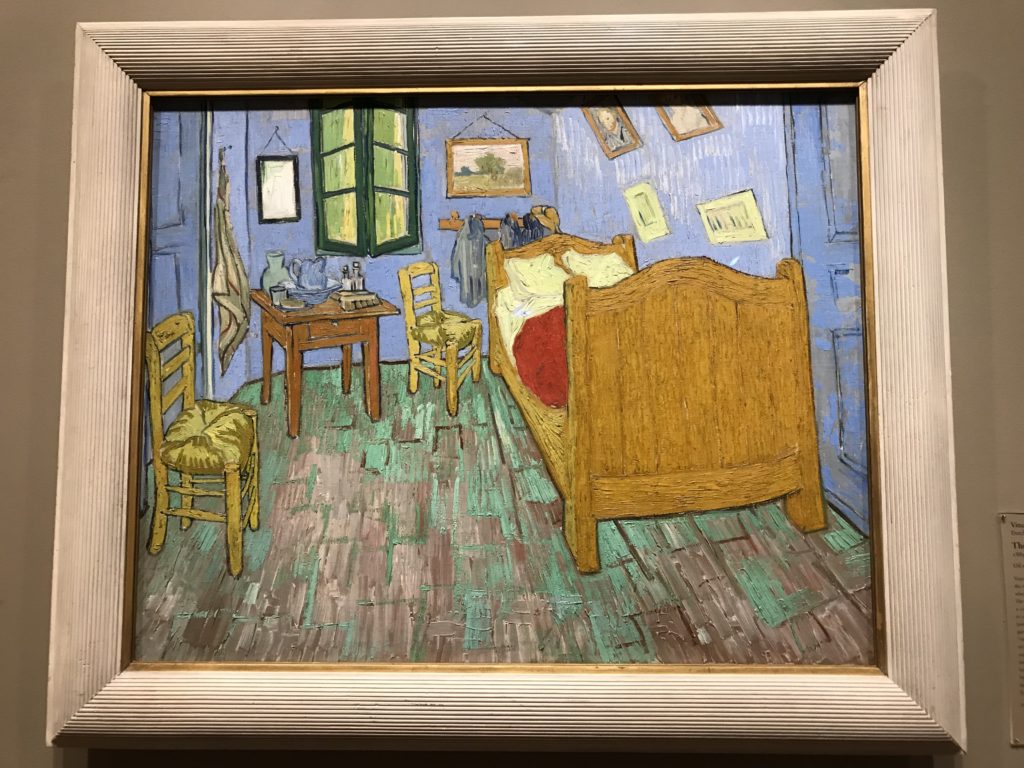
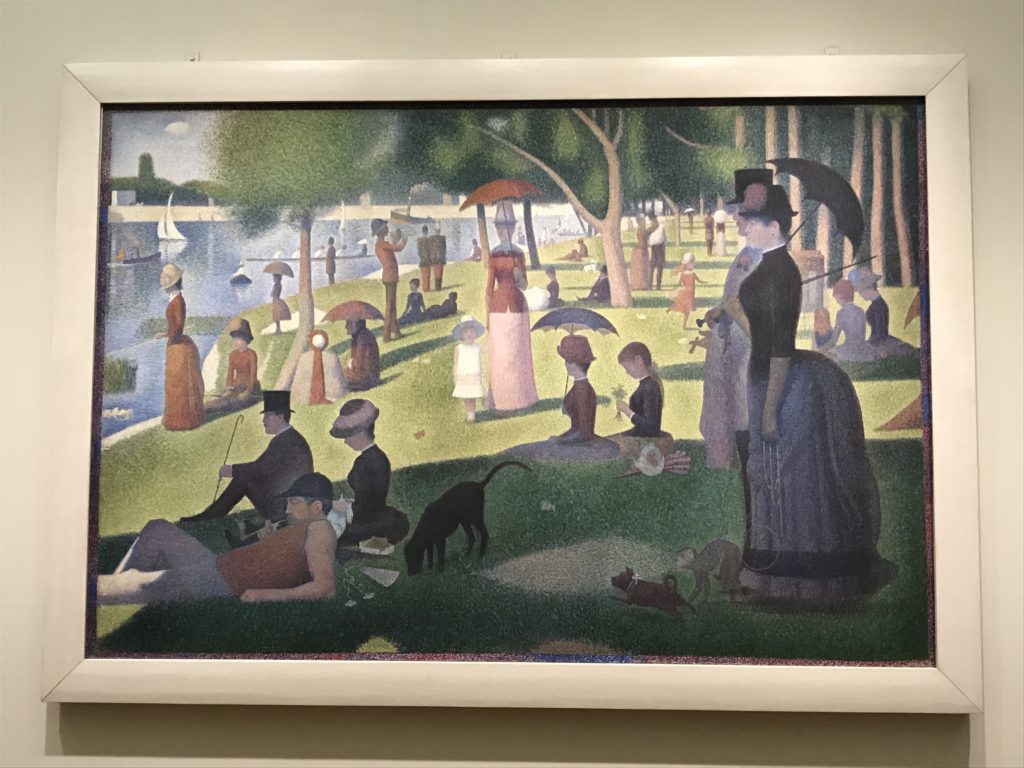
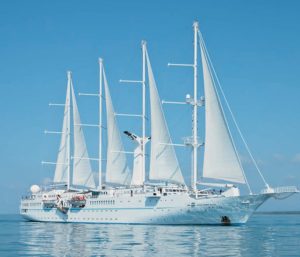 It seems my travel this year has been heavy on places starting with “C.” Soon I’ll add Caribbean Cruise on one of the
It seems my travel this year has been heavy on places starting with “C.” Soon I’ll add Caribbean Cruise on one of the 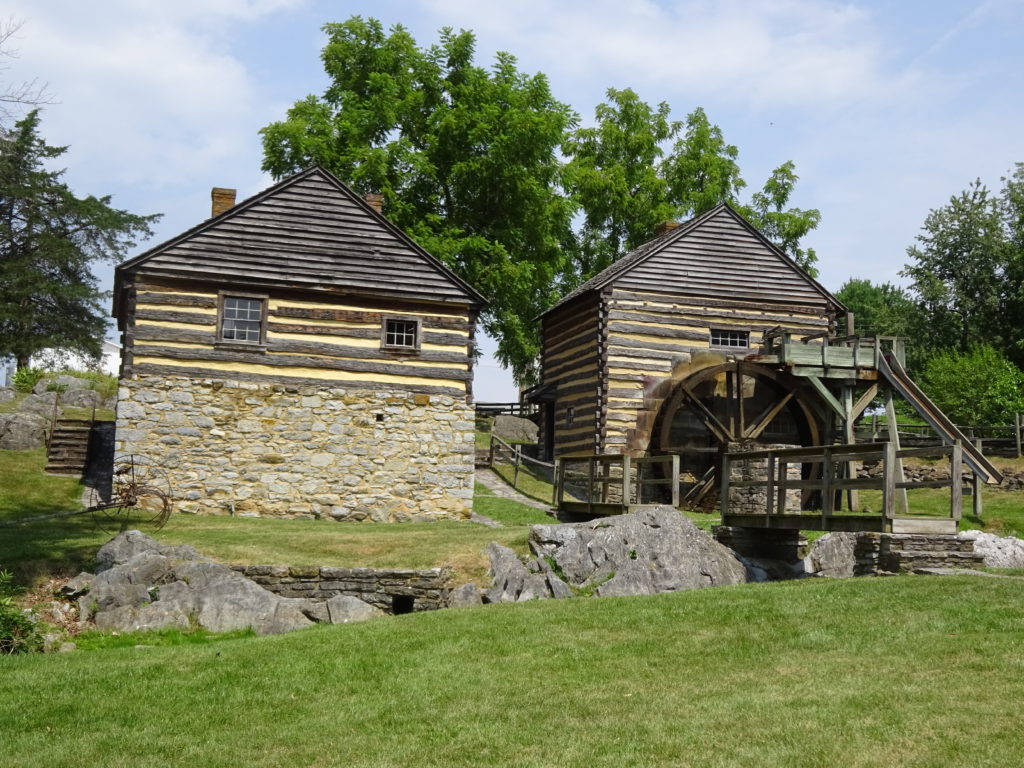
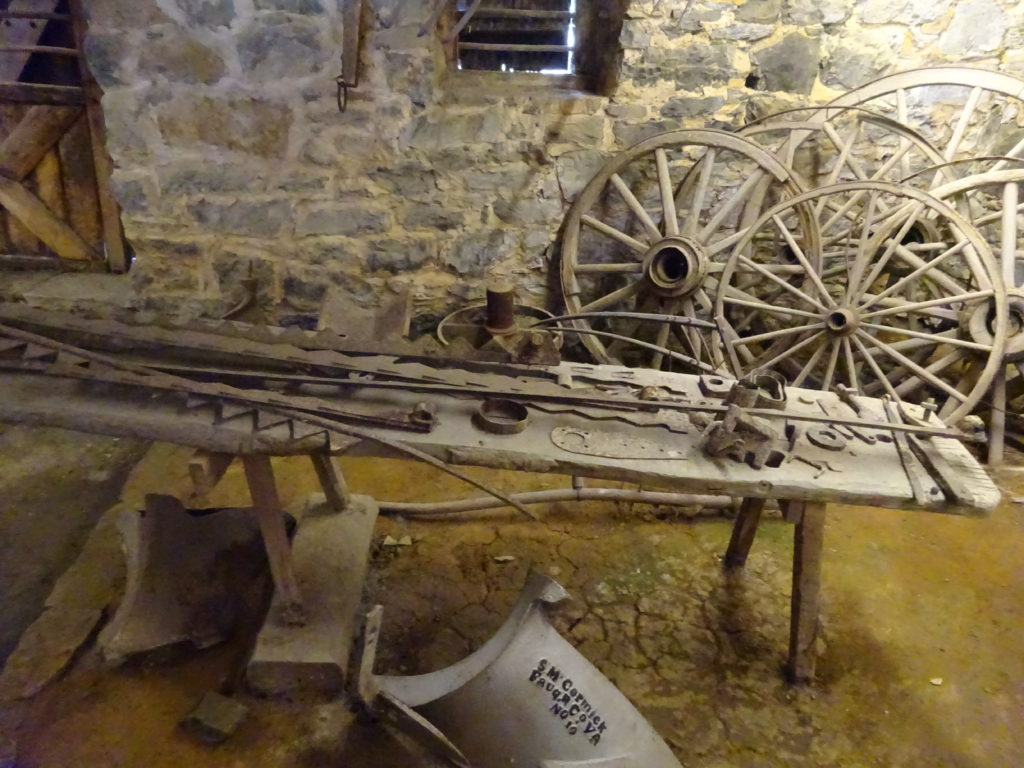
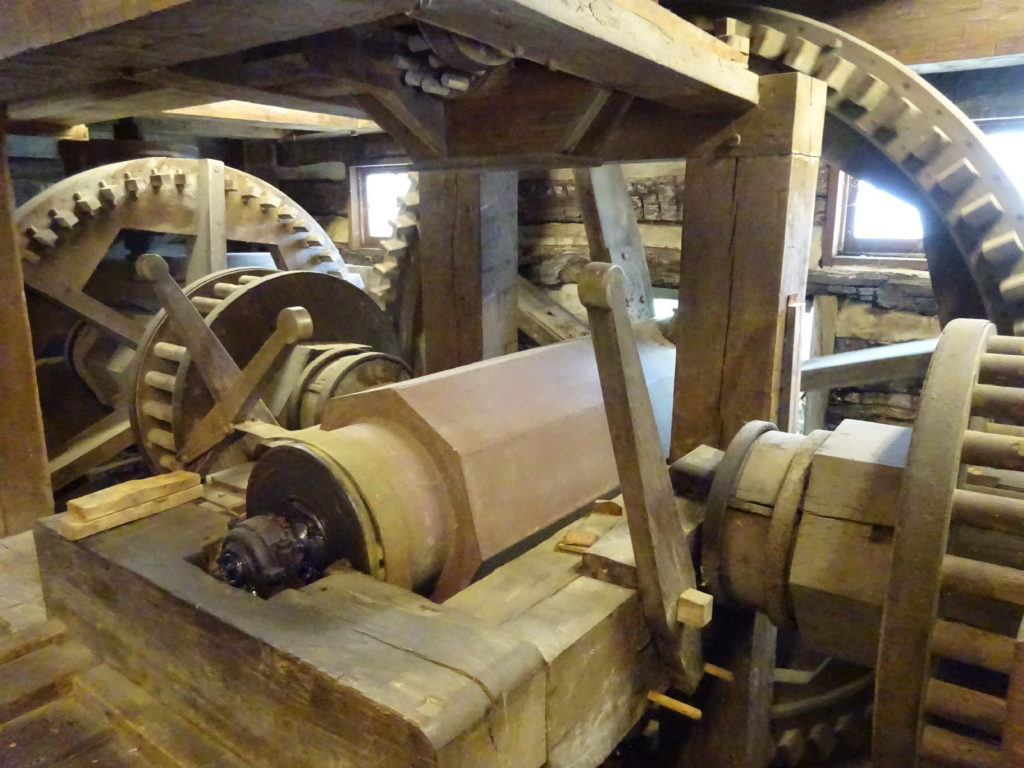
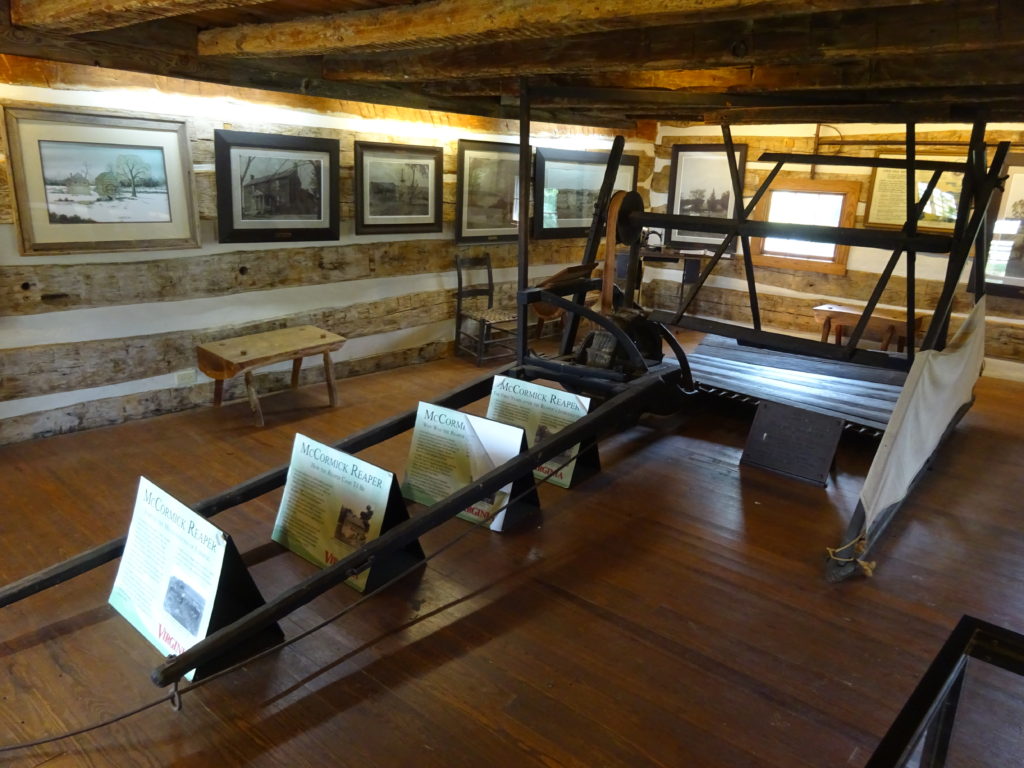
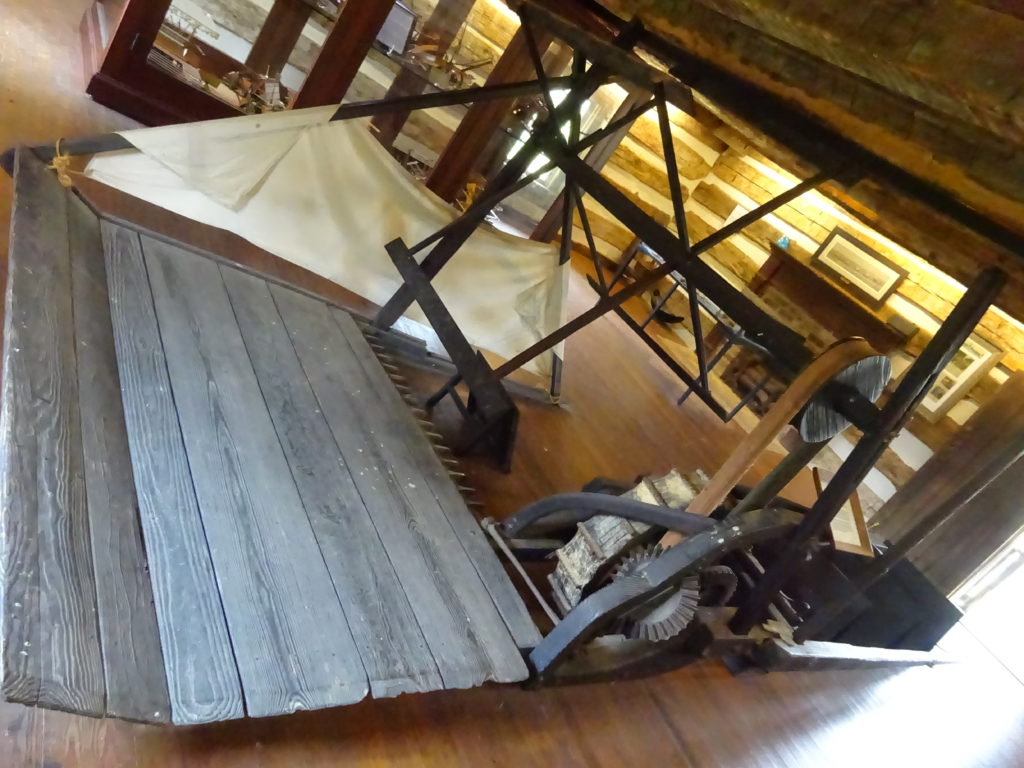
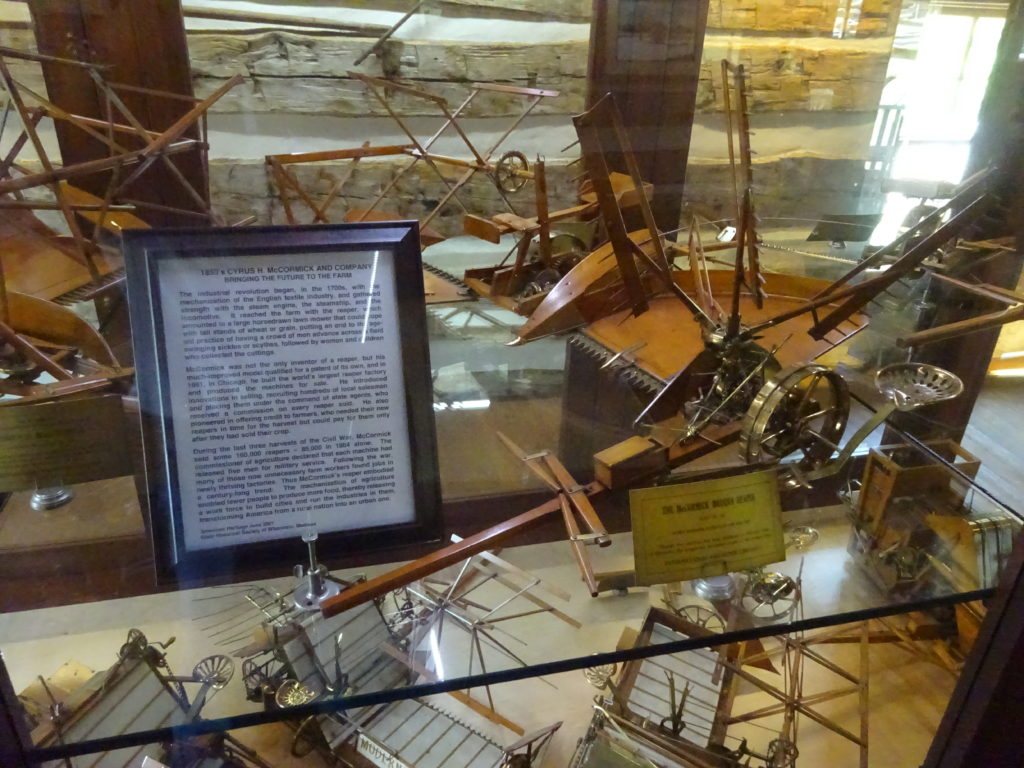

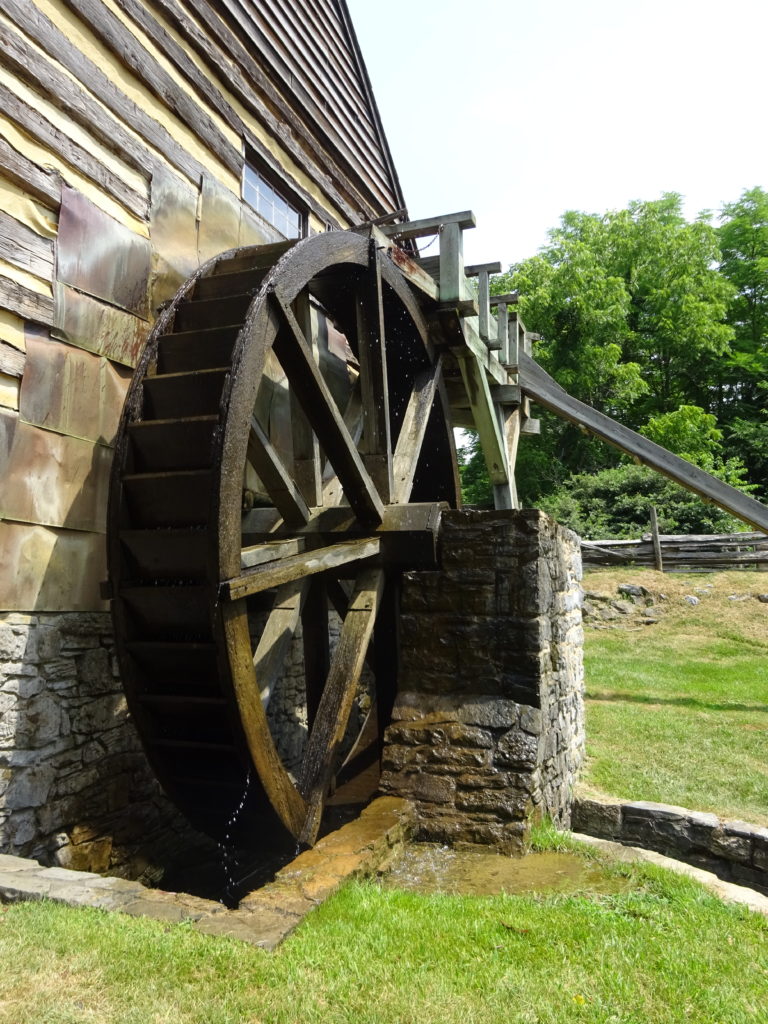
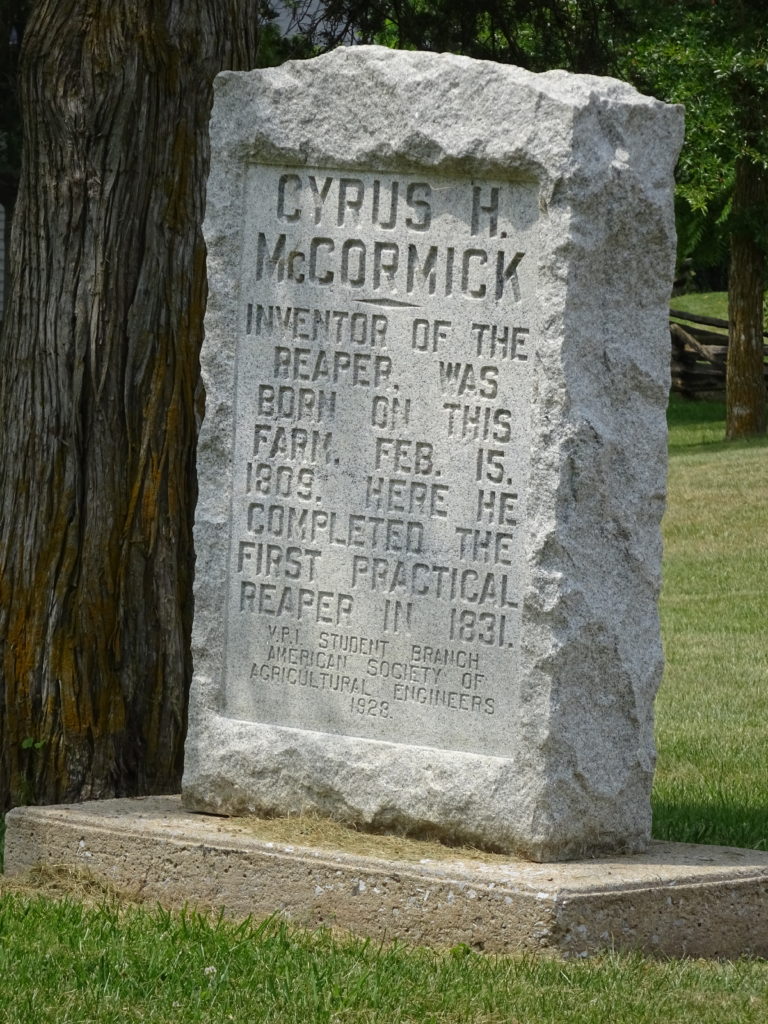
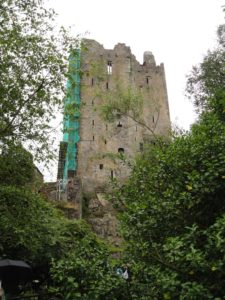 You’ve heard the schtick. Visit Blarney! Kiss the Blarney Stone! Gain the gift of eloquence! But should you do it? To kiss, or not to kiss, that is the question. Whether ’tis nobler in the mind to suffer the slings and arrows of outrageous condemnation by friends and family who bagger you with the question: “So, did you kiss the Blarney stone or not?” Or to take up arms against a sea of tourists who pay big bucks to participate in nothing but a huge tourist hype…and by opposing, end them.*
You’ve heard the schtick. Visit Blarney! Kiss the Blarney Stone! Gain the gift of eloquence! But should you do it? To kiss, or not to kiss, that is the question. Whether ’tis nobler in the mind to suffer the slings and arrows of outrageous condemnation by friends and family who bagger you with the question: “So, did you kiss the Blarney stone or not?” Or to take up arms against a sea of tourists who pay big bucks to participate in nothing but a huge tourist hype…and by opposing, end them.*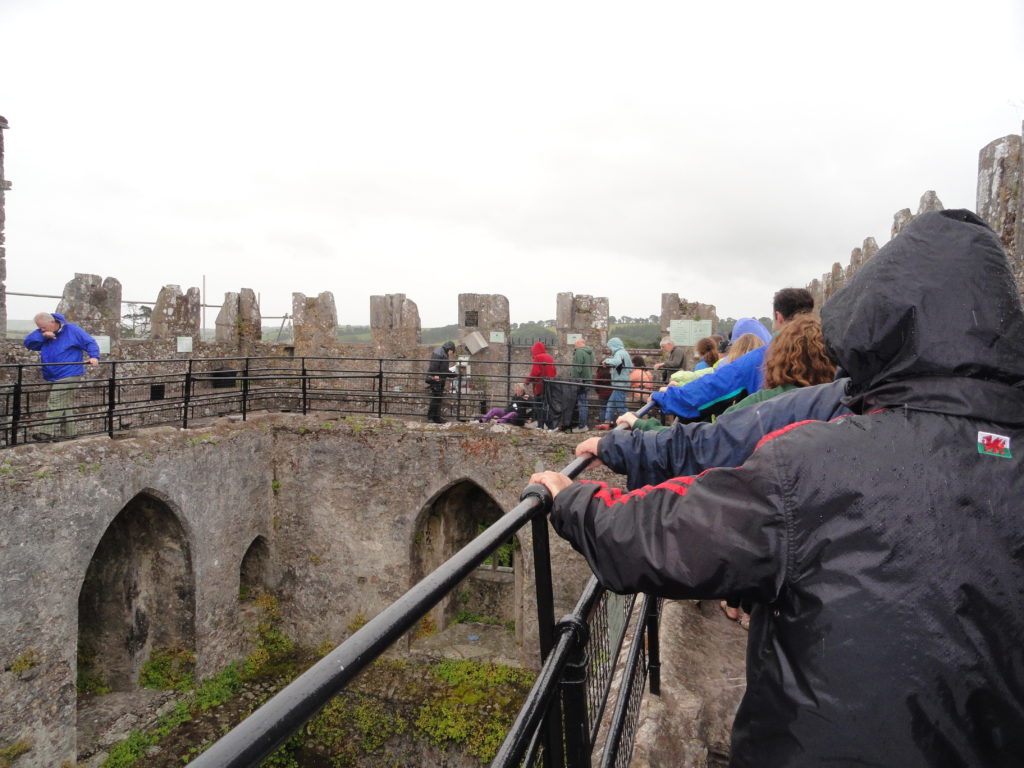
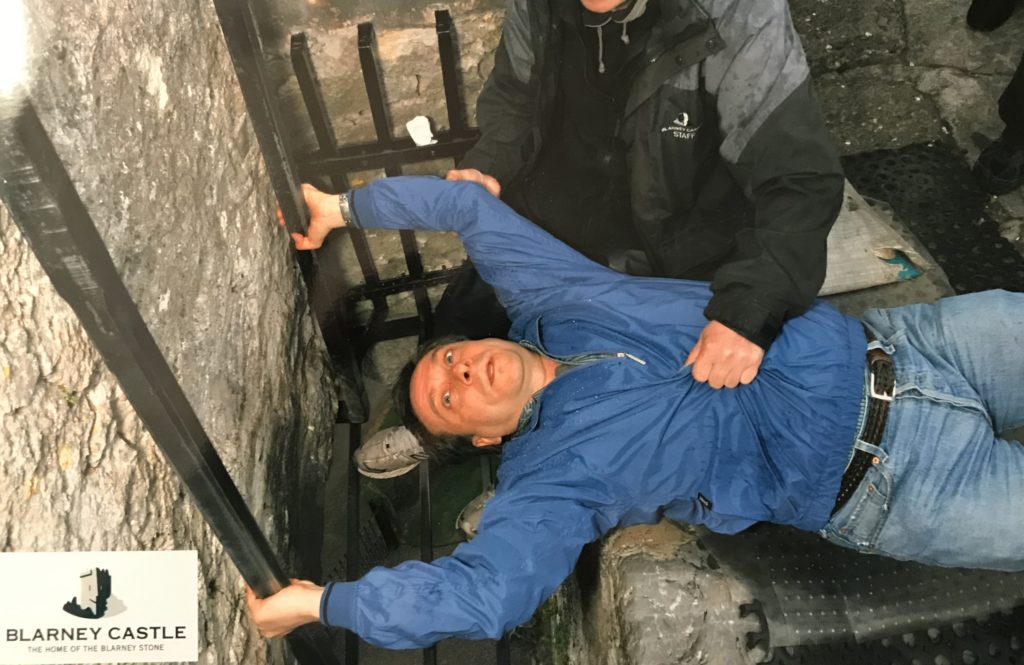
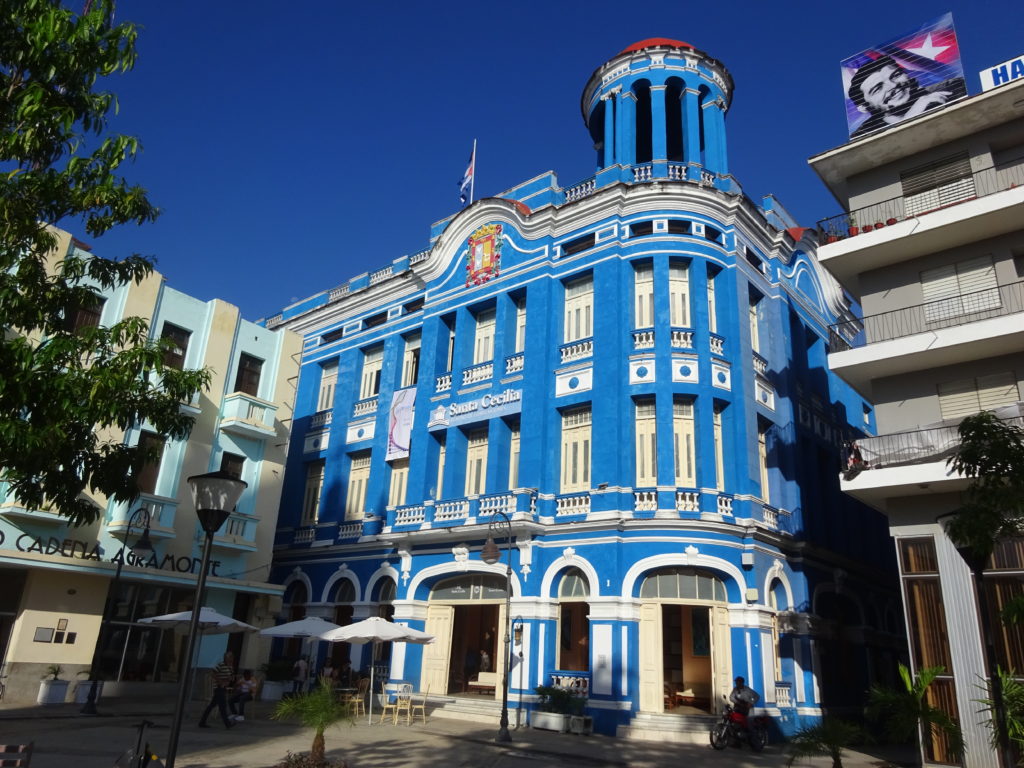






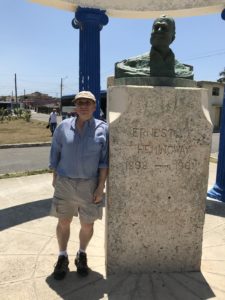 For twenty years of his life, Ernest Hemingway lived on the outskirts of Havana, Cuba. I spent some time recently visiting with the man who wrote The Old Man and the Sea. In fact, I visited the place where the real old man used to put to sea.
For twenty years of his life, Ernest Hemingway lived on the outskirts of Havana, Cuba. I spent some time recently visiting with the man who wrote The Old Man and the Sea. In fact, I visited the place where the real old man used to put to sea.